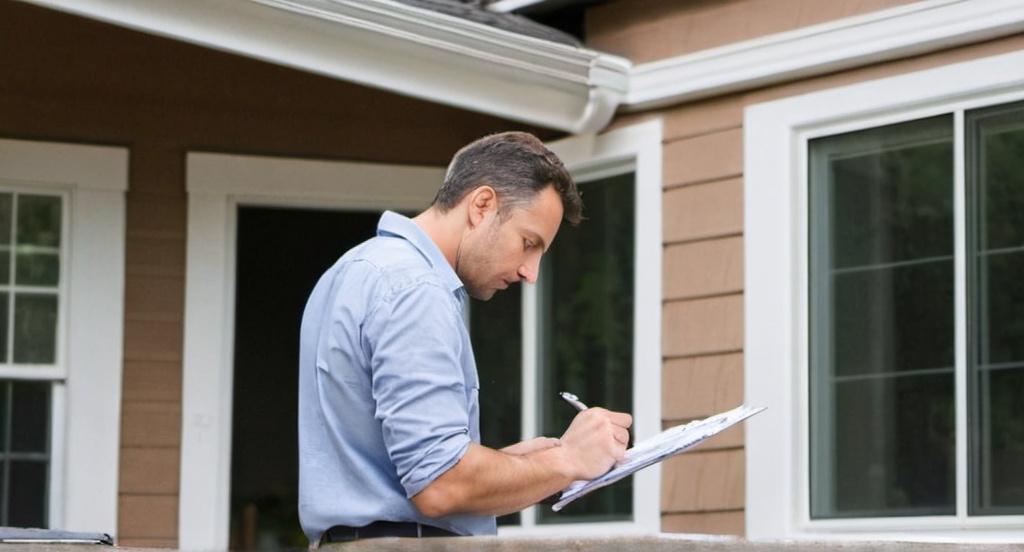Key Take Aways about How to rent an apartment
- Understand the rental process, including lease agreements, costs, and tenant rights.
- Budget wisely: aim to spend no more than 30% of income on rent and account for additional costs.
- Choose an apartment based on lifestyle needs; compromise when necessary but inspect in person.
- Read the lease carefully to avoid future surprises.
- Negotiate rent using market research; some landlords may be flexible.
- Inspect the apartment for damages before moving in and document with photos.
- Personalize your space after moving in; safety checks come first.

Understanding the Basics of Renting an Apartment
Renting an apartment is a bit like a first date. You want to make a good impression and not reveal too much too soon. Before signing anything, it’s wise to familiarize yourself with the key elements involved in the rental process. This includes understanding the lease agreement, the typical costs, and your rights as a tenant. This isn’t just about finding a roof over your head; it’s about ensuring that roof doesn’t leak.
Budgeting: The Heart of the Matter
Think of your budget as your best friend who tells you not to order the lobster. It guides your decisions and helps you avoid financial headaches. Generally, aim to spend no more than 30% of your monthly income on rent. This figure isn’t pulled from thin air; it’s the Goldilocks zone of affordability. Also, keep in mind additional costs such as utilities, renter’s insurance, and any fees associated with your new pad. Don’t forget to budget for that moving day pizza – it’s tradition.
Finding the Right Apartment
Finding an apartment is akin to searching for your soulmate. You have criteria and, sometimes, you need to compromise. Start with location and figure out what suits your lifestyle best – be it proximity to work, the nightlife scene, or the secret coffee shop that serves coffee with a kick. Online platforms make it easier than ever to browse available options, but always check the apartment in person before committing. Virtual tours are helpful, but they can’t tell you about the neighbor’s loud trombone practice.
Understanding the Lease Agreement
A lease agreement is like the small print on a cereal box. Not thrilling, but essential. Carefully read through all terms – rent amount, duration, and conditions for breaking the lease. Look out for the sneaky clauses about repainting your walls or keeping a pet goldfish. It’s always a good idea to know what you’re signing up for to avoid surprises down the road.
Negotiating the Rent
One might think negotiating rent is like haggling at a flea market, but with a tad more decorum. Some landlords might be open to discussion, particularly if you’re a long-term tenant. If the rent feels too high, justify your offer with research on local market rents. Remember, bringing cookies to the meeting might not help, but it can’t hurt either.
Preparing to Move In
Before you get the keys, there’s a checklist to go through. Make sure to inspect the apartment and note any existing damages. It’s like detective work but with fewer magnifying glasses. Document everything with photos. Trust me, future you will thank past you when you don’t get charged for that scratch on the countertop.
Settling In: Making It Home
Now comes the fun part – making your new apartment feel like home. Unpack, settle the knick-knacks, and introduce yourself to the neighbors. There’s no guidebook for this; it’s all about personal touches. And don’t forget to test the smoke detectors – safety first, decoration later.
Renting an apartment is a journey of finding not just a space, but a home. It’s about balancing your budget, inspecting the neighborhood, and signing the lease with confidence. Much like a good story, the key is in the details – so pay attention, learn from the process, and remember: Moving day pizza is still a must.